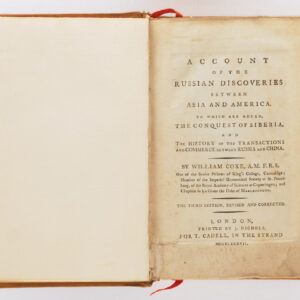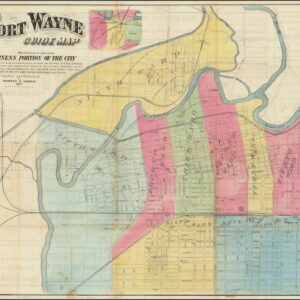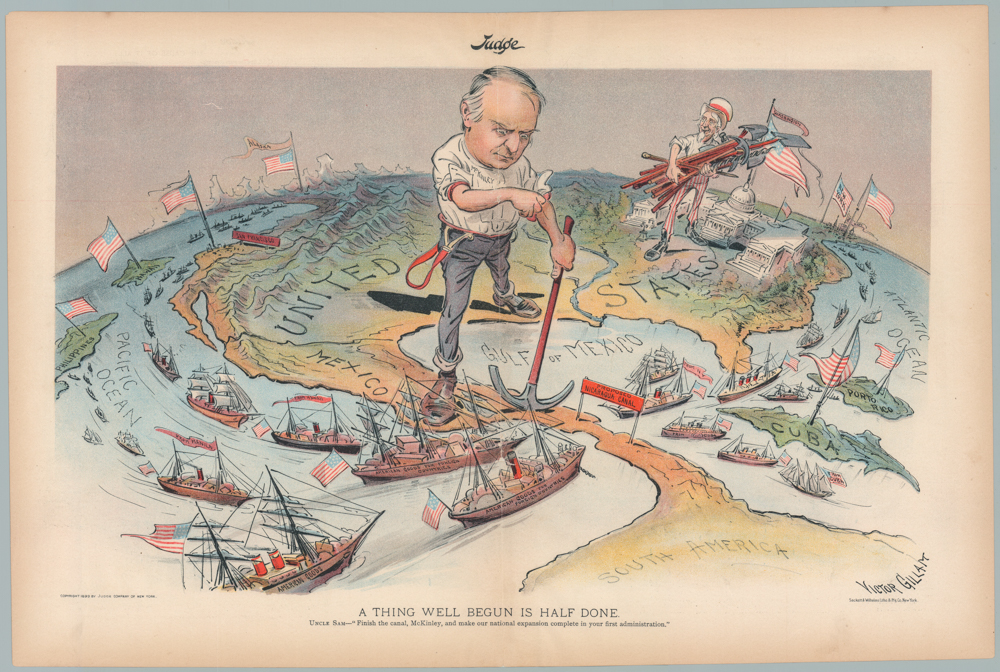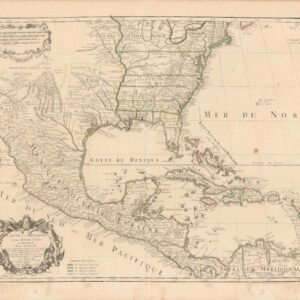From farm to table: mapping sources of food in the United States.
Armour Food Source Map.
Out of stock
Description
This is a 1994 re-issue of a famous informational map originally published in 1960. It is a two-sided pamphlet produced by Amour & Company, and is an excellent example of 20th century promotional mapmaking. Gone are the days of cartographers from royal scientific academies advancing the claims of kings and queens; it is now multi-national corporate entities who have employed the mapmakers art to craft a favorable public image.
The map presents the United States as a bucolic nation, stating that its greatness is founded on agriculture. Illustrations of animals, crops, factories, and farmers fill the country from coast to coast. The outline of the states, with some water at the coasts has been given a 3-dimensionality and placed on a wood background; the overall effect is that the United States itself seems to be resting on a family dinner table. In this way, the map celebrates the achievement of the American food supply system. And, of course, Amour & Co. is linking its own brand to this success.
The verso of the map offers a “History of the American Food Industry” — and here, again, Amour & Co. figures prominently. The essay makes for fascinating reading today, with interesting old photos and illustrations. A classic 1950s/60s diagram shows a man smoking a pipe and reading a magazine, with indications as to what animal products were used in his clothes and other household items.
Cartographer(s):
Armour & Company was an American company and was one of the five leading firms in the meat packing industry. It was founded in Chicago, in 1867, by the Armour brothers led by Philip Danforth Armour.
By 1880, the company had become Chicago’s most important business and had helped make Chicago and its Union Stock Yards the center of America’s meatpacking industry. During the same period, its facility in Omaha, Nebraska, boomed, making the city’s meatpacking industry the largest in the nation by 1959. In connection with its meatpacking operations, the company also ventured into pharmaceuticals (Armour Pharmaceuticals) and soap manufacturing, introducing Dial soap in 1948.
Condition Description
Minor wear along fold lines, with small pinholes in corners.
References




